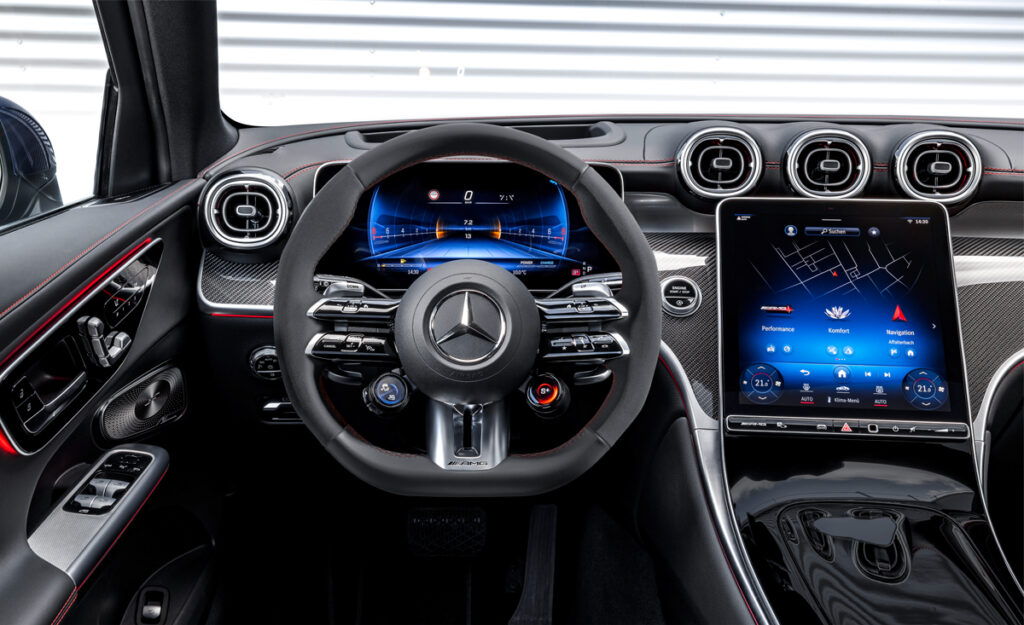
Cars have come a long way since the days of the original Model T, but as they continue to grow more advanced, the number of things that can break or go wrong, like digital displays and other electronics, increases as well.
J.D. Power recently published its U.S. Initial Quality Study (IQS) for 2023, where it detailed the automotive brands that had been reported to have the highest number of problems according to owner feedback.
In addition to the vehicle brands, the report also discussed the individual components that were the most common sources of frustration for their users, either as a result of poor build quality or because of a technical issue.
Fancy features to watch out for
The IQS’ findings are based on a 223-question survey with nine major categories:
- Infotainment system
- Features
- Controls and displays
- Exterior
- Driving assistance
- Interior
- Powertrain
- Seats
- Driving experience
- Climate
Controls and displays were established as the worst year-on-year performer of the categories, having grown by an average of 3.2 problems reported per 100 vehicles (PP100), while infotainment came in second with a growth of 2.3 PP100.
One key finding noted that vehicle basics, such as door handles, horns, and cupholders either fail to serve their purpose or have seen a dramatic rise in reported issues as automakers attempt to re-invent them in high-tech ways.
An example is the flush door handles commonly seen on battery-electrics like Teslas, which have been the root of numerous complaints from owners saying that they failed to deploy, particularly in colder weather.
Safety systems are another source of problems, as many of the people surveyed reported that features like the lane-keep assist and blind-spot monitors failed to work properly.
Others have voiced concerns over their automatic emergency brakes, which either startled their drivers by stopping for no apparent reason or failed to prevent a collision as is their intended purpose.
A growing trend
J.D. Power noted that the quality of cars had seen a substantial decline within the last two years, as the number of issues reported per 100 vehicles jumped by 30 points to reach an industry average of 192.
This means that 192 problems are reported for every 100 new vehicles on the road, according to the IQS – a survey that has been running for nearly four decades.
“The automotive industry is facing a wide range of quality problems, a phenomenon not seen in the 37-year history of the IQS,” said Frank Hanley, senior director of auto benchmarking at J.D. Power.
“The industry is at a major crossroad and the path each manufacturer chooses is paramount for its future. From persistent problems carrying over from years past to an increase in new types of problems, today’s new vehicles are more complex – offering new and exciting technology – but not always satisfying owners,” he said.












